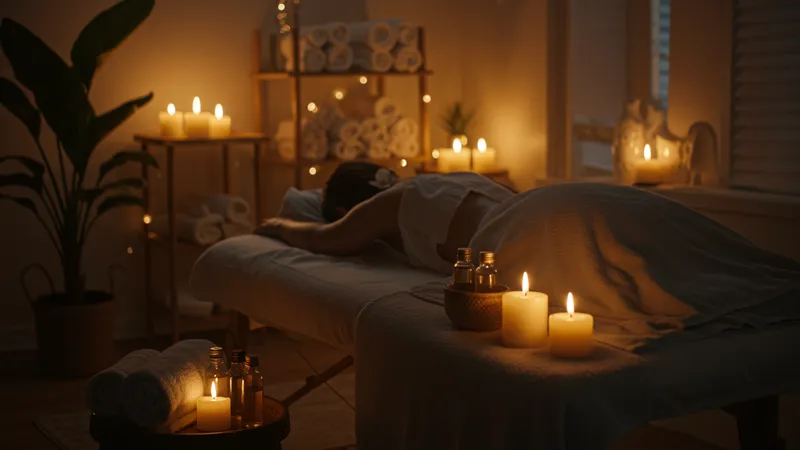
Local Luxury: Where To Find Top-Rated In-House Spa Services Near You
The Economics of At-Home Spa Services
While the idea of an in-home spa experience seems luxurious, it’s also surprisingly economical. Comprehensively viewing traditional spa visits reveals hidden costs—travel, time off work, and often sky-high service pricing. In contrast, at-home therapies efficiently shave off these costs and sometimes even offer loyalty packages, turning luxury into a financially sound investment.

Though the upfront cost might be on par with high-end spas, the value derived in terms of time saved and the deeply personalized experience far surpasses initial expenses. Clients who experience these services become staunch advocates, citing not just cost-efficiency but also richer quality in therapeutic care, emphasizing long-term investment over one-off treats.
A fascinating development is the rise of subscription-based services, which offer routine home treatments at discounted rates. Such models bolster commitment to regular self-care, serving as a constant reminder to prioritize mental and physical well-being. They also provide a steady client flow for therapists, helping reduce precarious gig-based employment realities.
But, there’s an intrigue: some analysts predict this shift could influence traditional spas to reconsider their pricing structures, instigating competitive innovation. Such competition might just make indulgence the baseline rather than the aspiration. Yet, the plot thickens as we uncover more on this evolving landscape…